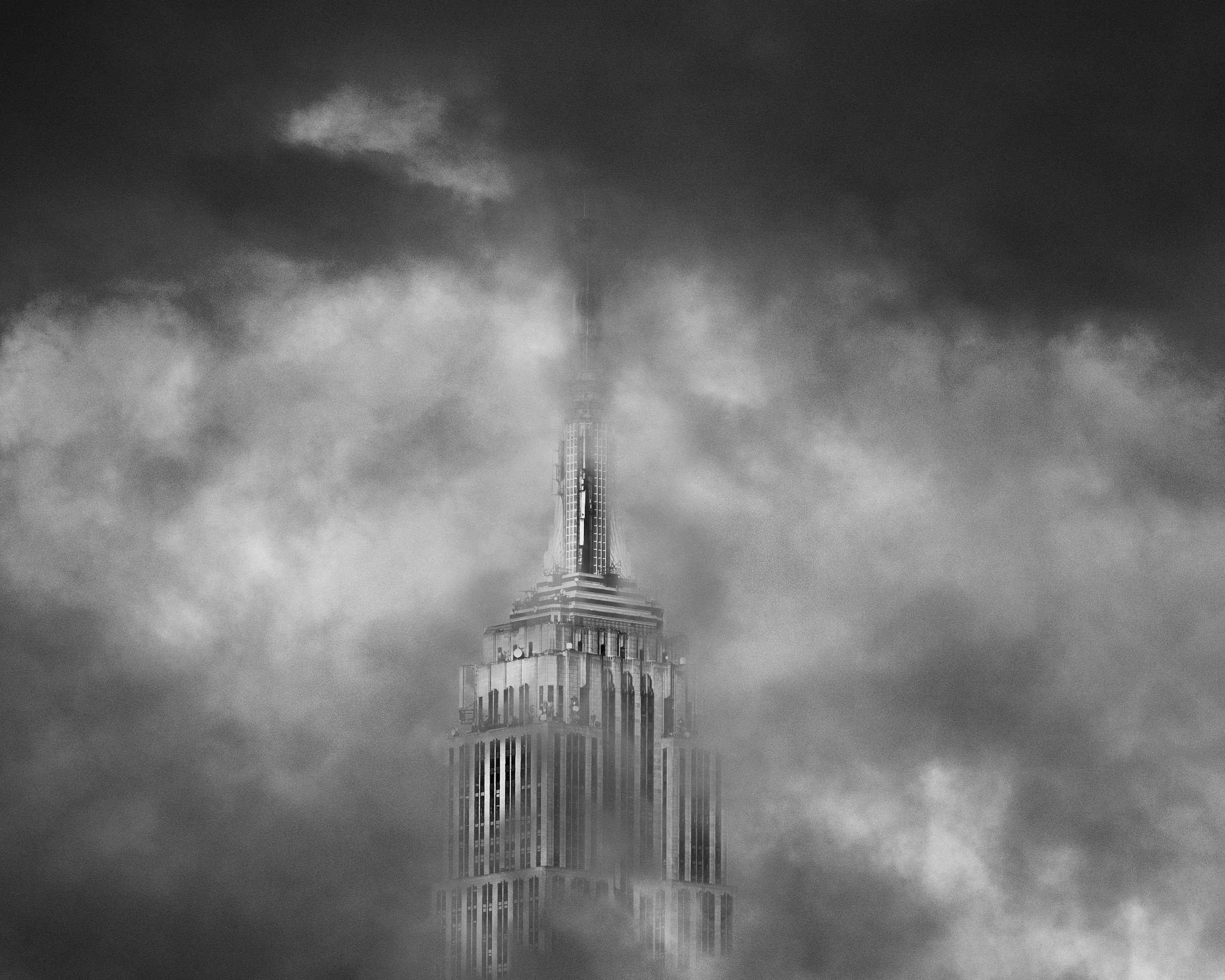The Empire State Gamble
On a gray morning in March 1930, when most of New York was preoccupied with the business of trying not to go out of business, a small procession of architects, bankers, and construction men gathered at the corner of Fifth Avenue and 34th Street to watch the first steel beams rise from a muddy pit.
The newspapers, distracted by bank failures and breadlines, gave the event a few paragraphs. In the atmosphere of the time, the notion that a two million-square-foot office tower “the world’s tallest,” would soon occupy that site struck many as both reckless and faintly comic. And, in truth, even the men in charge harbored quiet doubts about what exactly they had set in motion.
The idea had begun, as these things often do, with envy and timing. Walter Chrysler had just topped out his shimmering tower on Lexington Avenue, a spire of steel and ego that dominated the skyline. John J. Raskob, the hard-driving former finance chief of General Motors, decided that New York ought to have a building taller, and he was the man to build it. Raskob was not, strictly speaking, a builder. He was a dealmaker with a knack for stirring ambition where prudence might have sufficed. But in 1929 dealmakers were in fashion. Ambition was a kind of currency, and no one yet suspected how quickly it could devalued.
The stock market crash, coming just weeks after Raskob’s announcement, might have dampened the enthusiasm of a less resolute group. Instead, the project proceeded with something close to defiance.
If the country was sliding into despair, then here, at least, would be a gesture in the opposite direction. Raskob recruited the architectural firm Shreve, Lamb & Harmon, who produced drawings for a 102-story tower with a speed that later made even them uneasy. To supervise the work, he hired the Starrett brothers, whose reputation for building fast preceded them and would soon become central to the project’s legend.
From the start, the undertaking had an improbable, almost theatrical quality. Materials appeared on the site with clockwork punctuality; steel columns arrived so precisely measured that they fit together “like a child’s construction set,” as one engineer put it. Every morning, as the crews took their positions, a foreman would hold up a set of day’s blueprints, and by nightfall the lines on paper seemed to have magically appear in the sky. The building rose at a rate of nearly a story a day, a pace so steady that one newspaper joked it was “competing with itself for world’s fastest skyscraper.”
Yet beneath the bravado lay a quieter drama. Office space, the project’s justification in more prosperous times, suddenly had all the appeal of an umbrella in a drought. By the spring of 1931, when the building stood complete, its leasing offices were empty. The building became know by the apt name the “Empty State Building,” The management, in a gesture equal parts optimism and desperation, installed an observatory on the 86th floor; for months, its visitors provided more revenue than the tenants. Even so, the building’s owners maintained that the tide would turn, and eventually it did, though more slowly than they cared to admit.
What is most striking, looking back, is how little certainty existed at any moment along the way. The Empire State Building was neither inevitable nor, strictly speaking, sensible. It was an act of faith executed with the cool efficiency of a military campaign. Its planners did not know whether it would be leased, admired, or merely mocked. They knew only that they wanted to build it, and that, in an era defined by caution, they were willing to risk the appearance of being a fool.
In time, of course, the tower became an emblem of the city, a monument to a kind of American audacity that now feels almost antique. But in the months when its steel was still warm and its halls still echoing, it was simply an unanswered question rising above the streets, a reminder that in business, as in architecture, certainty sometimes follows only after the gamble has been made.

